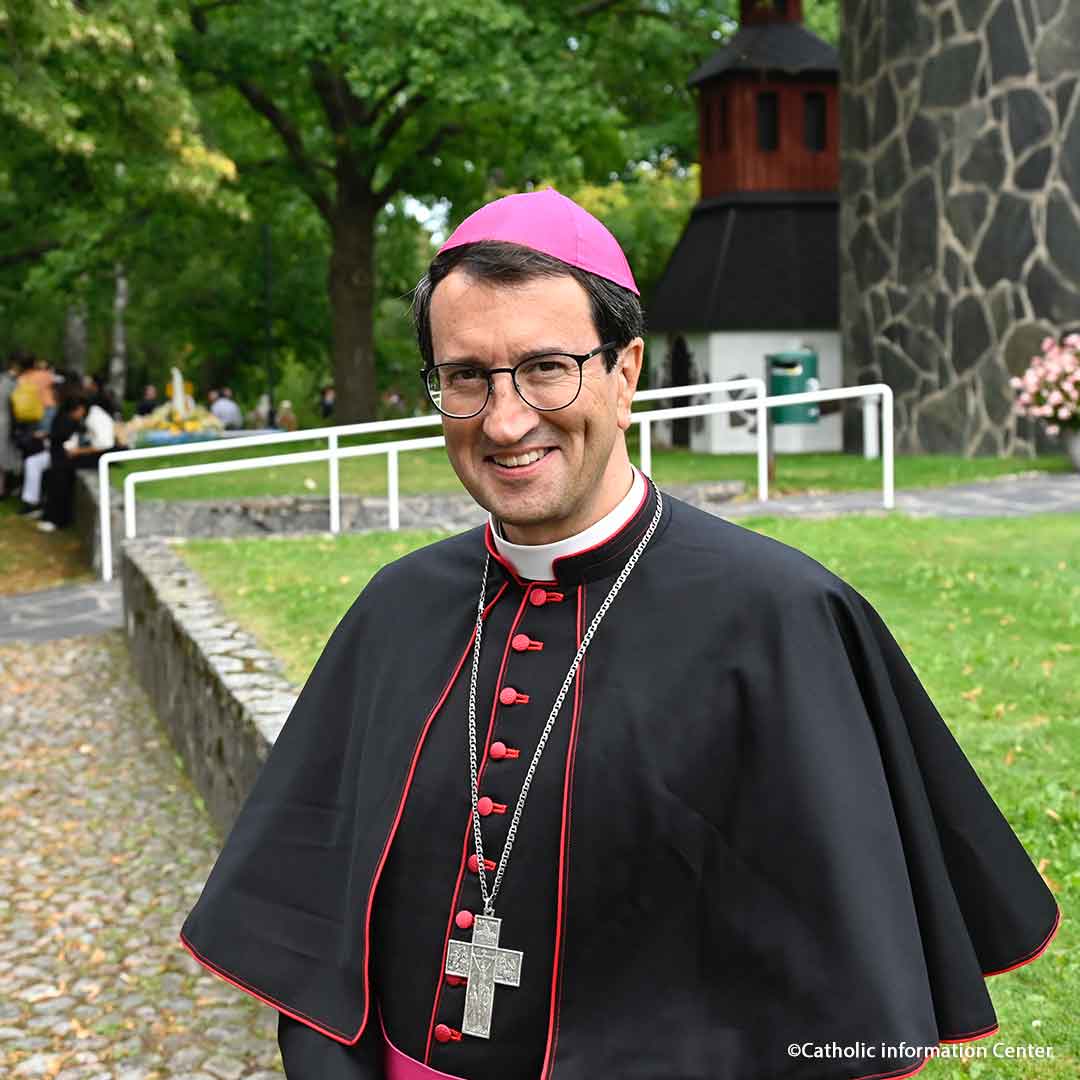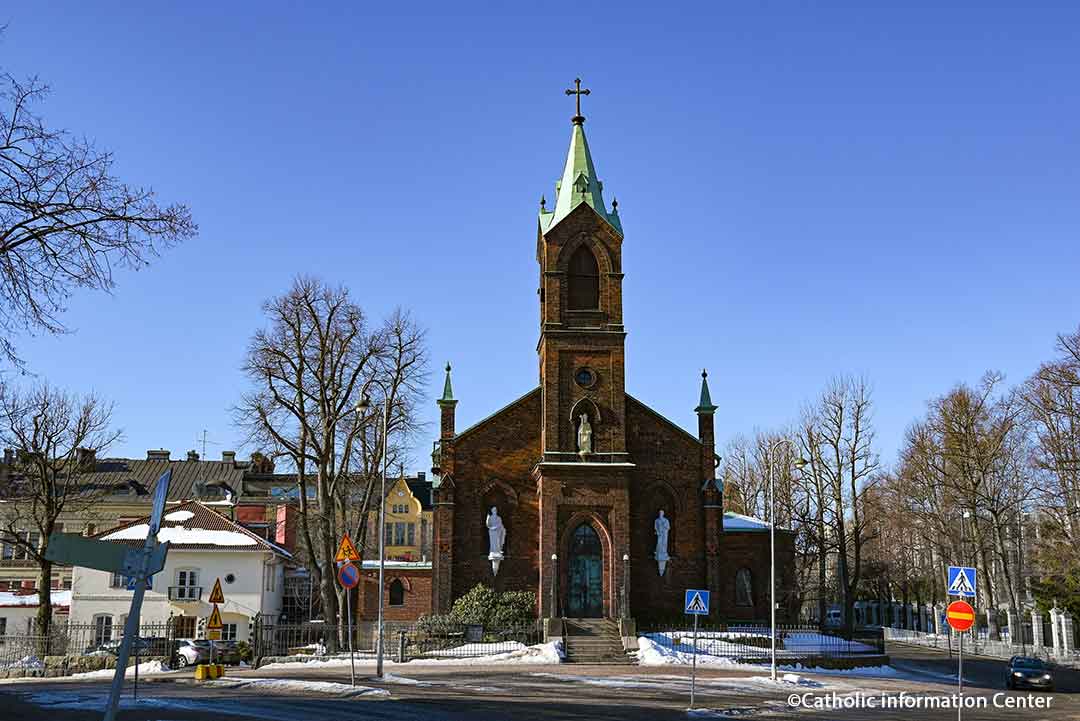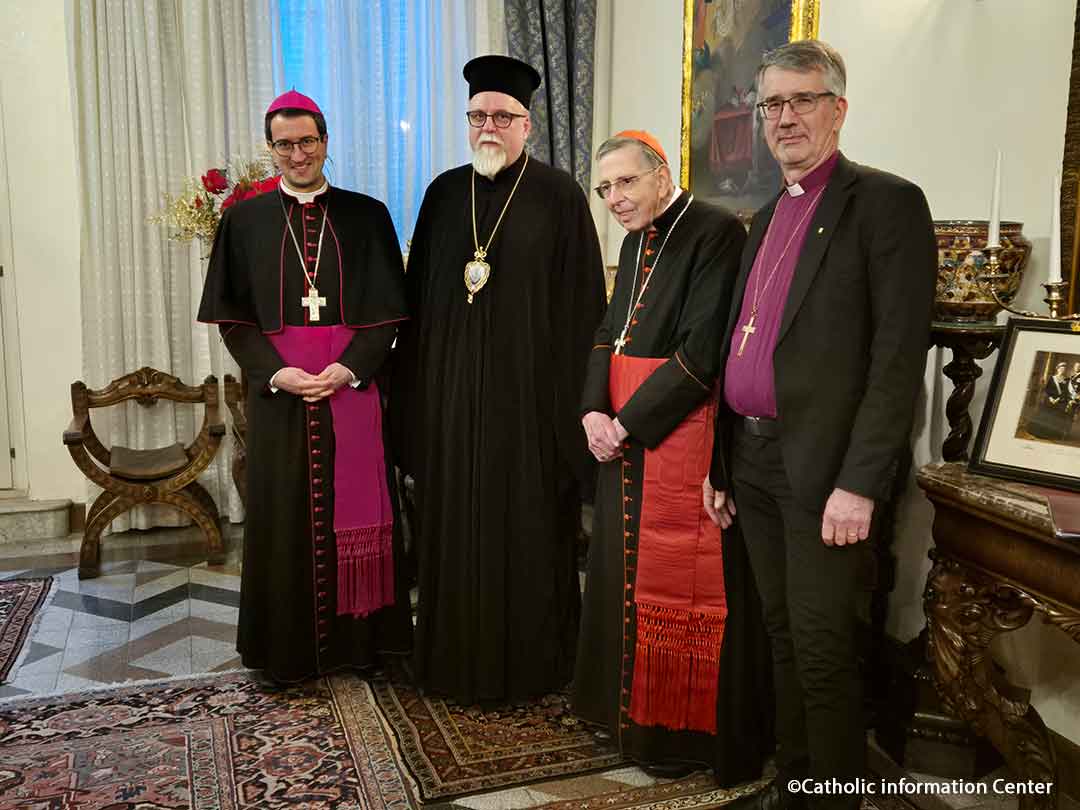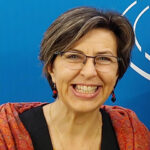Finland: Extraordinary ecumenism
The small Catholic community keeps on growing year after year, and relations with its Orthodox and Lutheran brothers and sisters are remarkable.
Imagine a country the size of Italy with only eight parishes and 29 priests or living 300km away from the closest Catholic church. This is everyday life for Bishop Raimo Goyarrola of Helsinki in Finland.

This Nordic country, with its majestic countryside and Lutheran tradition, has only a handful of Catholics, merely 0.2% of the 5.5 million inhabitants. Finland lacks the Catholic structure you would find in other countries. Consequently, the Diocese of Helsinki covers the whole country, some 340,000 square kilometres.
“Every weekend we cover thousands of kilometres to bring the heavenly food to our faithful,” says the young bishop, who has been on mission in the country for 20 years. “There are many families who ask to have tabernacles in the village but there is no church,” he laments. Paradoxically, though Finland is one of the richest countries in the world (ranked 13th on the Human Development Index), the Catholic Church there is among the poorest in Europe.
“Unlike other churches in the country, we do not receive state support and are therefore very poor,” confirms the bishop, who does not even manage to cover the most basic needs like paying pastoral agents and running catechism courses and charitable programmes. Without money, it is impossible to build a chapel, a Catholic school, or the pastoral centre for children which the prelate dreams so much about. With more than 500 new Catholics every year, the pastor can be proud of his sheep.

The number of Catholics has been growing regularly over the past two decades in the “country of a thousand lakes”, with an increasing demand for baptisms, as much for adults as for young people or children. Some of these new converts were traditionally Lutheran but had gradually abandoned all practice of the faith, falling into a spiritual void, and asked to be received into the Catholic Church after being drawn to its authenticity.
“In Finland, a Catholic will often find himself the only one in his school or place of work. Despite this, Catholics don’t hide and are not afraid to let the people around them know that they are Catholics, or to speak to them about Christ. They speak naturally about the Eucharist and about Jesus. They are missionaries and apostles everywhere they go and are an example to the rest of the world,” says Bishop Raimo Goyarrola of Helsinki.
To strengthen the faith of these believers, the bishop has for several years organised youth camps in Lapland: “Carrying 30kg rucksacks and walking together in the rain or snow in breathtaking countryside creates deep friendships, conversions and a strengthened faith,” says Bishop Raimo Goyarrola, for whom nature offers a perfect context for encountering God.
Children from many different backgrounds can be found in these camps. If half of the new Catholics in the country are Finnish, the other half are migrants or refugees. Those coming from places with a strong Catholic tradition, like the Philippines or Latin America, have in recent years been joined by Christians coming from war zones such as Sudan, Myanmar and Ukraine.
Finland, which was invaded by Russia in the Winter War, a century ago, opened its doors to the Ukrainians, who also provided a much-needed labour force. As a result, over 7,000 Greek Catholics arrived as refugees over the past months. And while it is true that the neighbouring war could weaken the dialogue between the Catholic and Orthodox Churches, Finland’s long ecumenical tradition has for the moment maintained the magnificent collaboration between the faithful.

Today the Catholic Church in Finland consists of 120 different nationalities and celebrates in a variety of rites. To make up for the lack of Catholic churches, the Lutherans and the Orthodox lend their buildings to their brothers and sisters every Sunday. “Each month we celebrate Mass in 20 Lutheran churches and five Orthodox churches,” says the bishop gratefully, highlighting a beautiful example of concrete and lived ecumenism, while the diocese waits to receive the funds necessary to build more places of worship which it needs to welcome the ever-growing number of believers.


